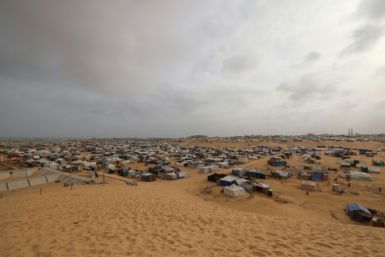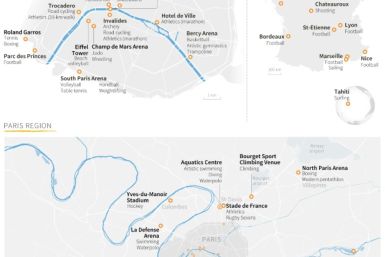In Pictures: Google Documents Damage to Japan After the Quake and Tsunami
The Google team has fulfilled their promise to digitally archive images of areas in major and coastal cities in Japan that were damaged due to the earthquake and tsunami that struck in March 11, 2011.
"Many photographers felt the disaster couldn't be captured in just one photo or with a single camera, but immersive, 360-degree panoramic images can help people - especially those abroad - better understand the scope of the destruction," wrote Ken Tokusei, a product management director from Google, on their blog back in July.
Using a feature of Google Maps called Street View, the images taken by roving Street View cars are posted online. Several of the earlier images showed destroyed houses, collapsed buildings, overturned cars and tsunami trash.
The newer version of Street View includes a timestamp feature, located in the bottom left corner, which allows people to know how recently an image was taken.
"In the case of the post-tsunami imagery of Japan, we hope this particular digital archiving project will be useful to researchers and scientists who study the effects of natural disasters. We also believe that the imagery is a useful tool for anyone around the world who wants to better understand the extent of the damage," wrote Kei Kawai, a senior product manager from Street View, in another post.
"Seeing the street-level imagery of the affected areas puts the plight of these communities into perspective and ensures that the memories of the disaster remain relevant and tangible for future generations," he added.
The team has made the images available through a website called "Build the Memory" which allows people to view how the towns appeared before and after the disasters struck.
In addition, Google will also take the opportunity to capture images of one hundred famous landmarks in Japan, such as the shrine Kasuga-Taisha and the temples in Yakushi-ji and Toshodai-ji, through their "Street View Partner Program". The team is also working on the "Business Photos" project, which allows shops and restaurants to show prospective visitors images of their physical location online.






